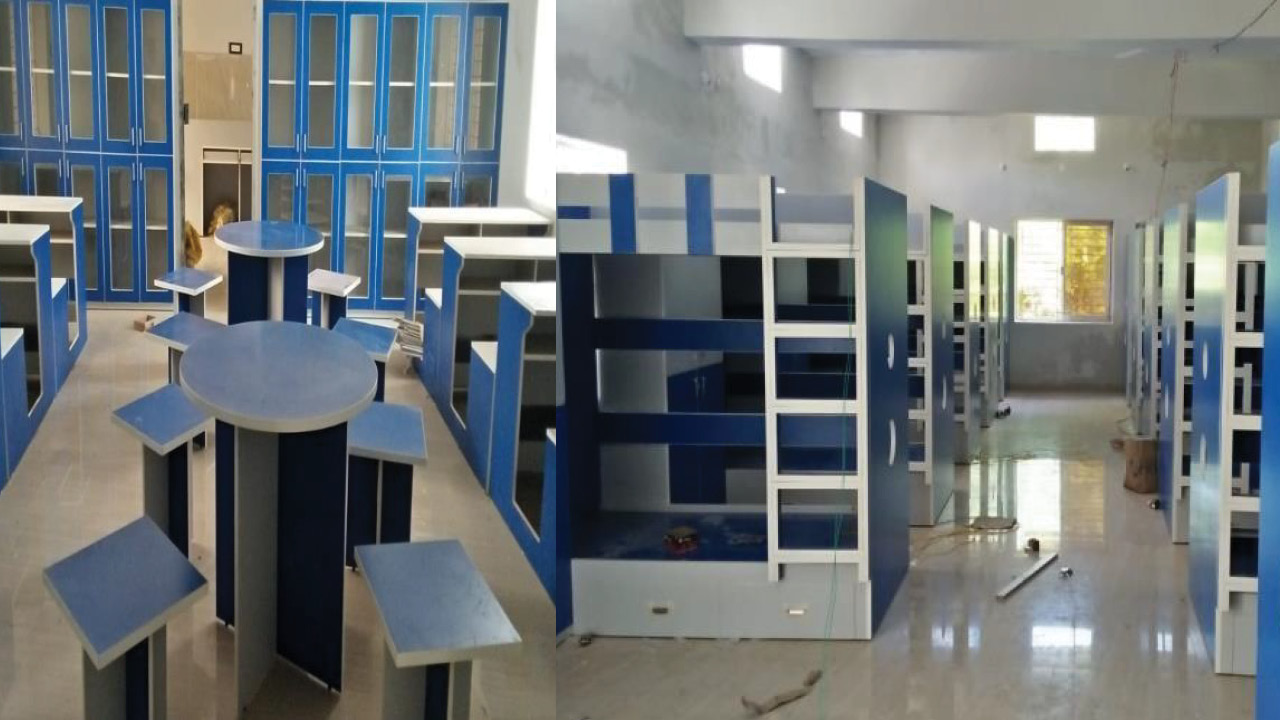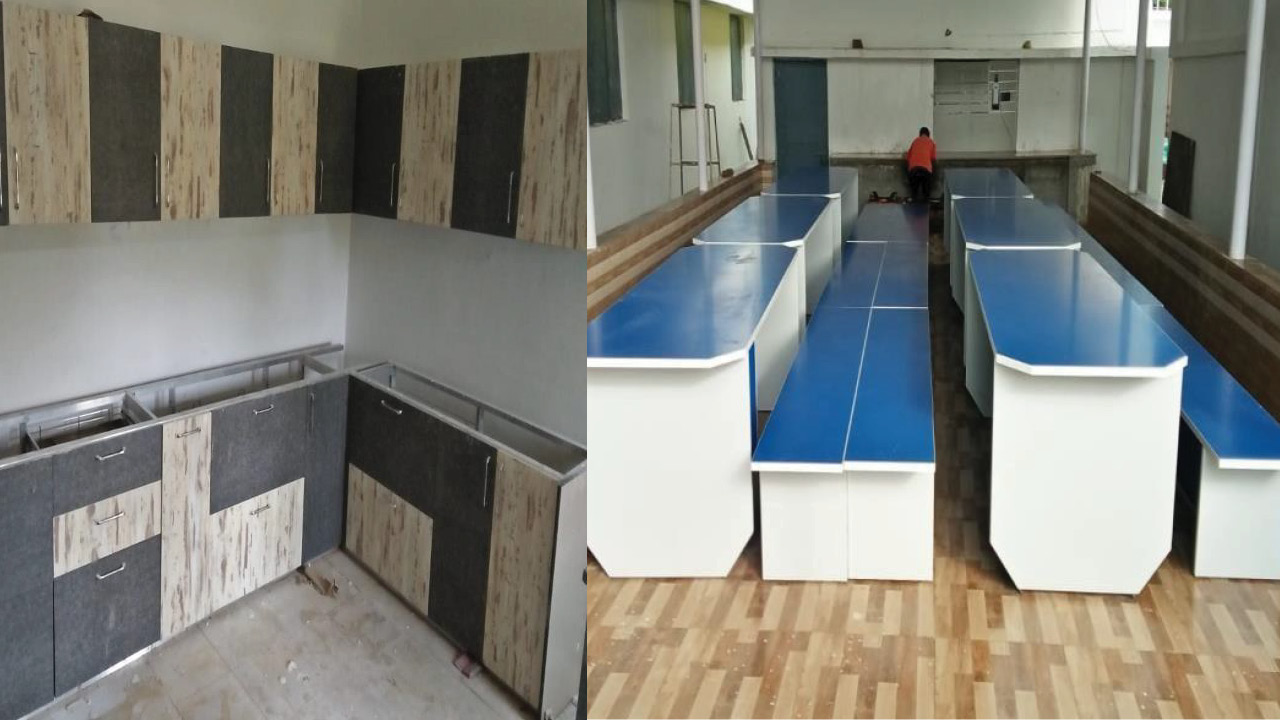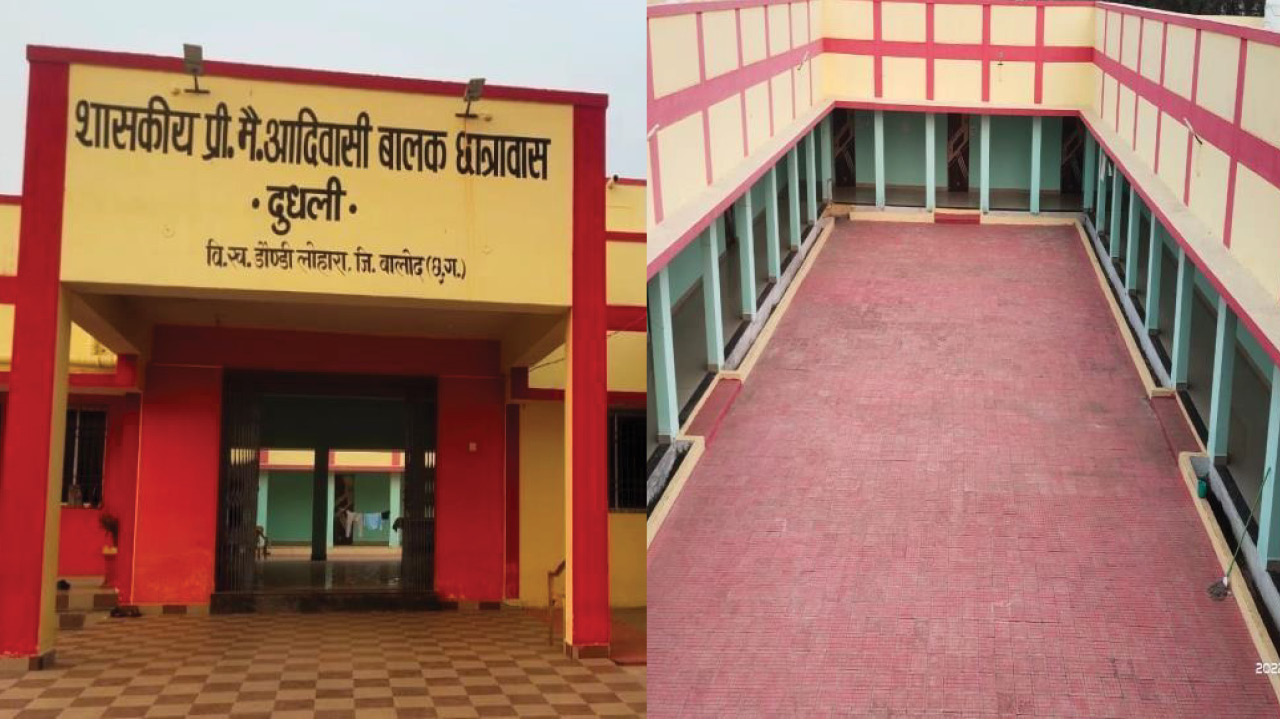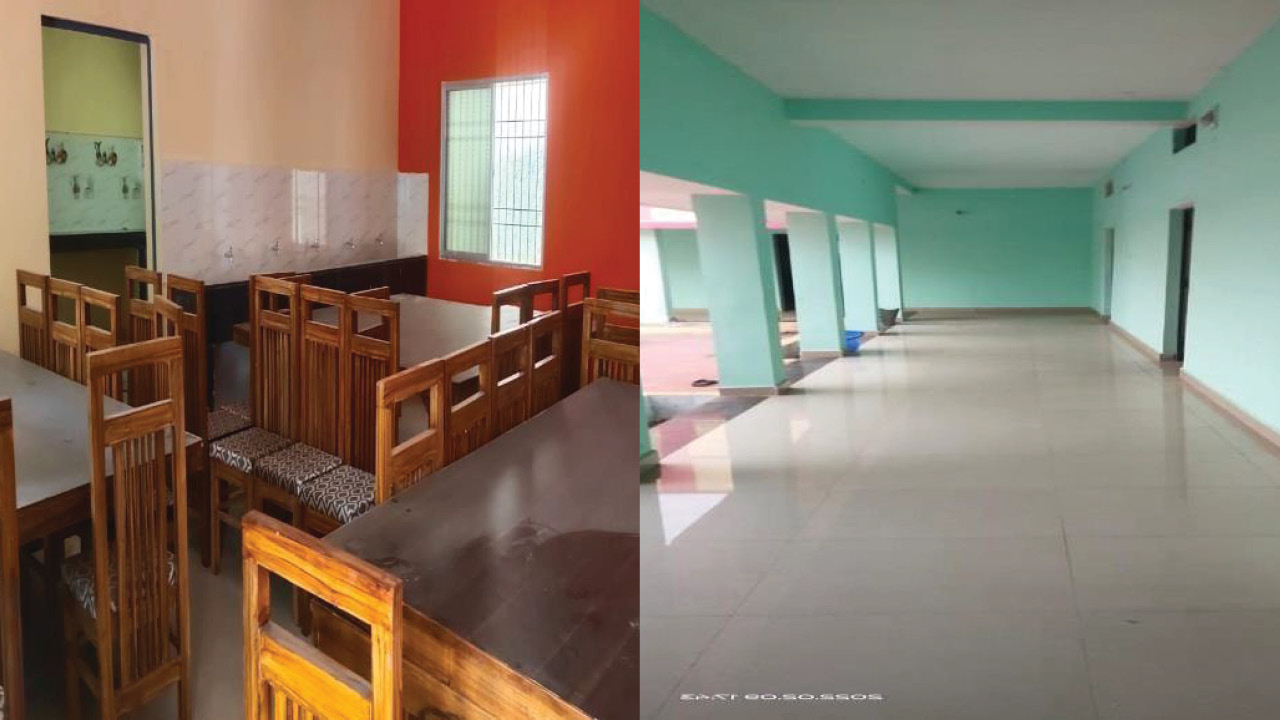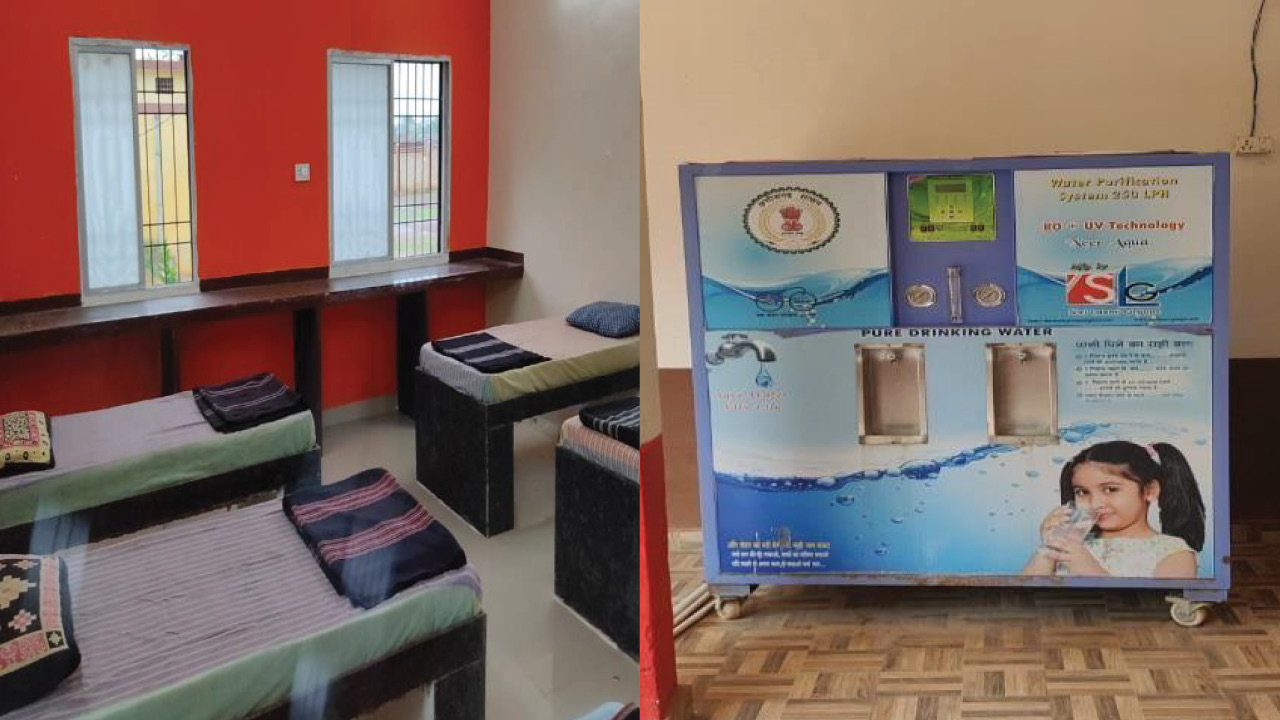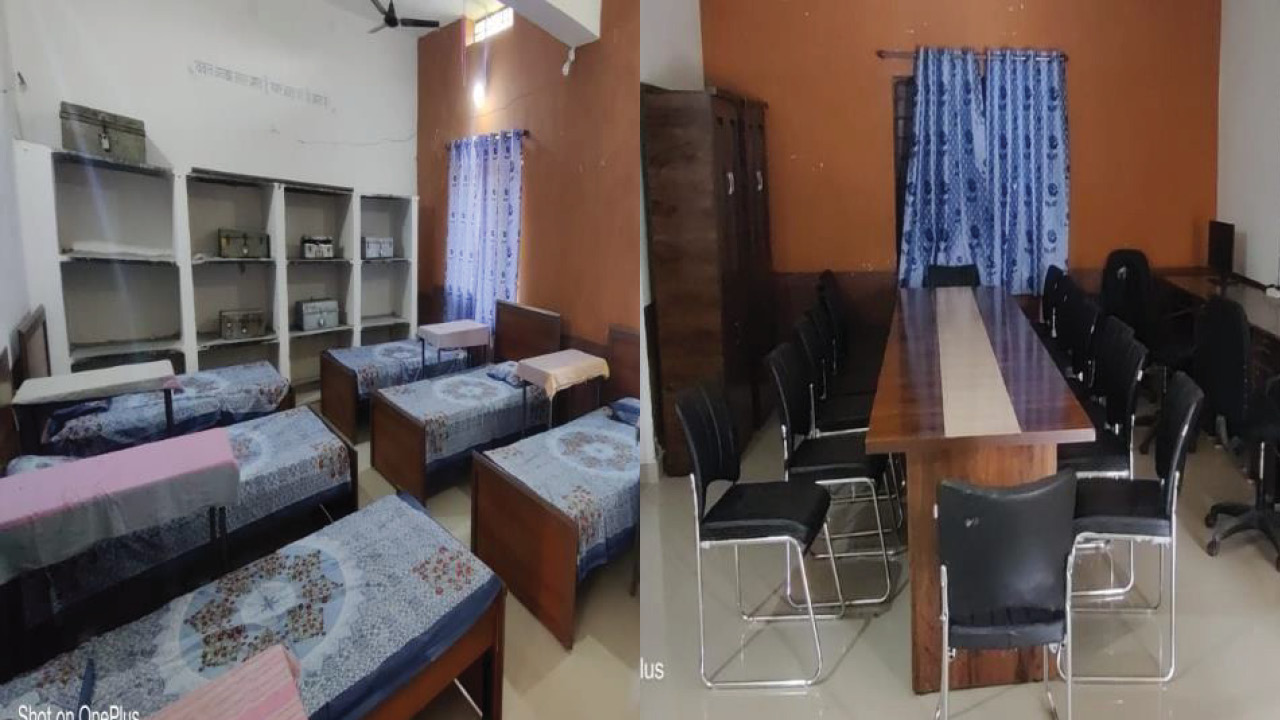Development of Departmental Hostels/Ashram as Model Institutions – Department of Tribal and Scheduled Caste, Government of Chhattisgarh
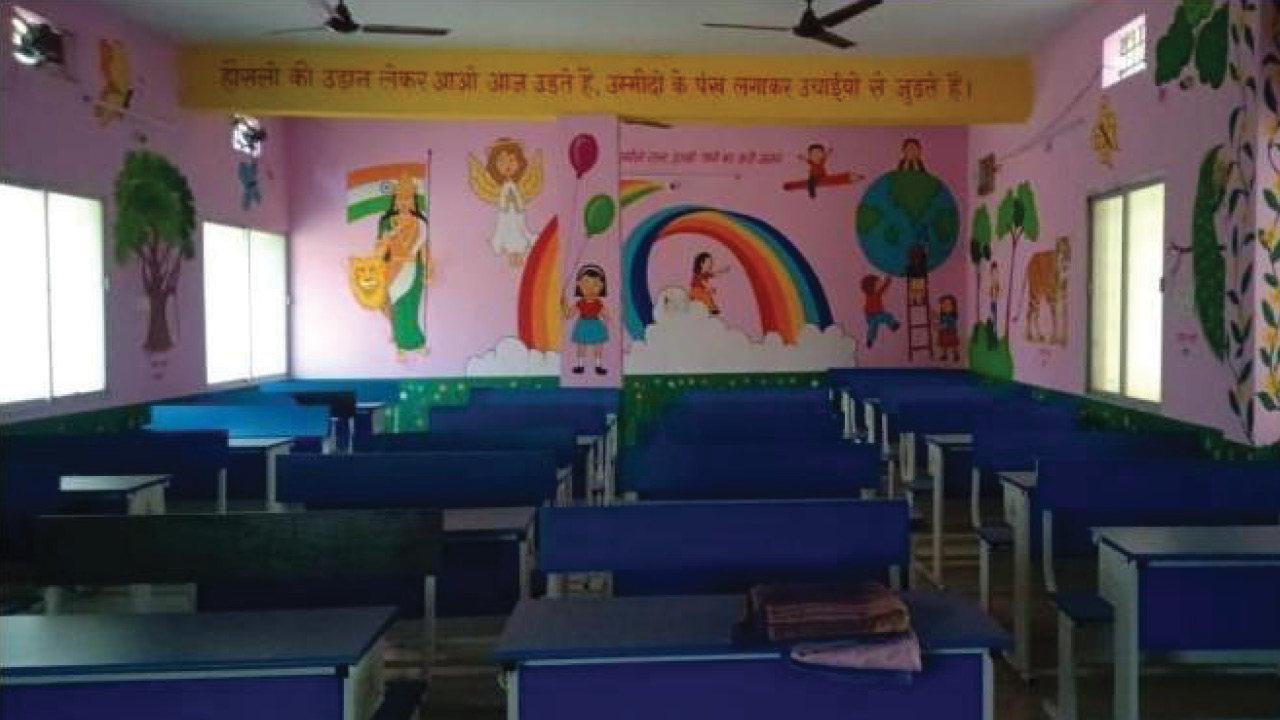
Transforming Hostel/Ashram Education for Tribal and Marginalised Communities in Chhattisgarh.
Problem
- Infrastructure Concerns: The hostels and ashrams were plagued by insufficient infrastructure
- Challenging Geography: Remote tribal areas and adverse geographical conditions posed hurdles in student access to education
- Poor economic conditions acted as deterrent for the tribal communities
Solution
- Infrastructure Overhaul: Comprehensive development of hostels and ashrams to modern standards
- Amenities for Holistic Development: Introduced quality food, kitchen gardens, sports facilities and more
- Modern Amenities: Hostels and ashrams were equipped with facilities like modern kitchens, solar power, and computer rooms
- Efficient Systems: The introduction of online application systems streamlined processes and ensured transparency
Outcomes
- Impressive Results: The revamped infrastructure directly correlated with students excelling in their board exams
- Increased Enrolments: The number of students benefiting from the hostels and ashrams witnessed a surge across districts
- Expansion Plans: A third phase targeting additional districts is in the pipeline, aiming to benefit an additional 4,650 students
- Increased Budget Allocation: An allocation of Rs 2,325 lakh highlights the commitment to expanding and enhancing the initiative
Project Details
Category: Revamping Hostel Infrastructure
Project: Development of Departmental Hostels/Ashram as Model Institutions
Organisation: Department of Tribal and Scheduled Caste, Government of Chhattisgarh
Start Date: 01-Apr-2020
Problem
The primary challenge faced by the Tribal and Scheduled Caste Development Department, Government of Chhattisgarh, was ensuring access to quality education for students from remote tribal areas. With underdeveloped infrastructure in hostels and ashrams, convincing parents and accommodating students became an uphill task. These conditions hindered the all-round development of the students, further exacerbating the education gap.
Solution
To address these challenges, a multi-pronged approach was employed. The department embarked on a comprehensive infrastructure development journey, equipping hostels and ashrams with modern facilities. From solar-powered energy solutions and modern kitchens to sports grounds and computer rooms, the hostels were transformed into hubs of holistic development. Such provisions not only created a conducive learning environment but also assuaged the concerns of parents.
The transformation journey was not just about brick and mortar. Introducing innovative systems like the online application process ensured efficiency and transparency. Further, integrating modern amenities, such as state-of-the-art kitchens, solar power systems, and dedicated sports areas, provided students with an experience at par with urban educational institutions. These innovations set a new benchmark for educational institutions catering to tribal and marginalized communities.
Outcomes
The results were commendable. In the first phase alone, all 742 students from the model institutions cleared their class 10th board examinations. With the introduction of these state-of-the-art facilities, the students’ performance improved significantly, showcasing the direct impact of environment on learning. Furthermore, over two phases, nearly 10,358 students across 16 districts benefitted, reflecting a marked increase in enrolments and trust in the institutions.
The success of the initiative’s first two phases has paved the way for its expansion. The upcoming third phase aims to encompass 12 more districts, extending the benefits to an additional 4,650 students. With a generous budget allocation, the department’s vision is clear – to continuously evolve and expand, ensuring that every deserving student from the tribal and marginalized communities gets the best educational opportunities.
The model developed by the Tribal and Scheduled Caste Development Department, Government of Chhattisgarh, serves as a beacon of hope for tribal and marginalised communities. By recognising the challenges faced by these communities and addressing them head-on, the department has showcased how infrastructure and innovation can work hand in hand to bridge educational gaps. This model, replicable and scalable, holds the promise of transforming many more lives in the years to come.


